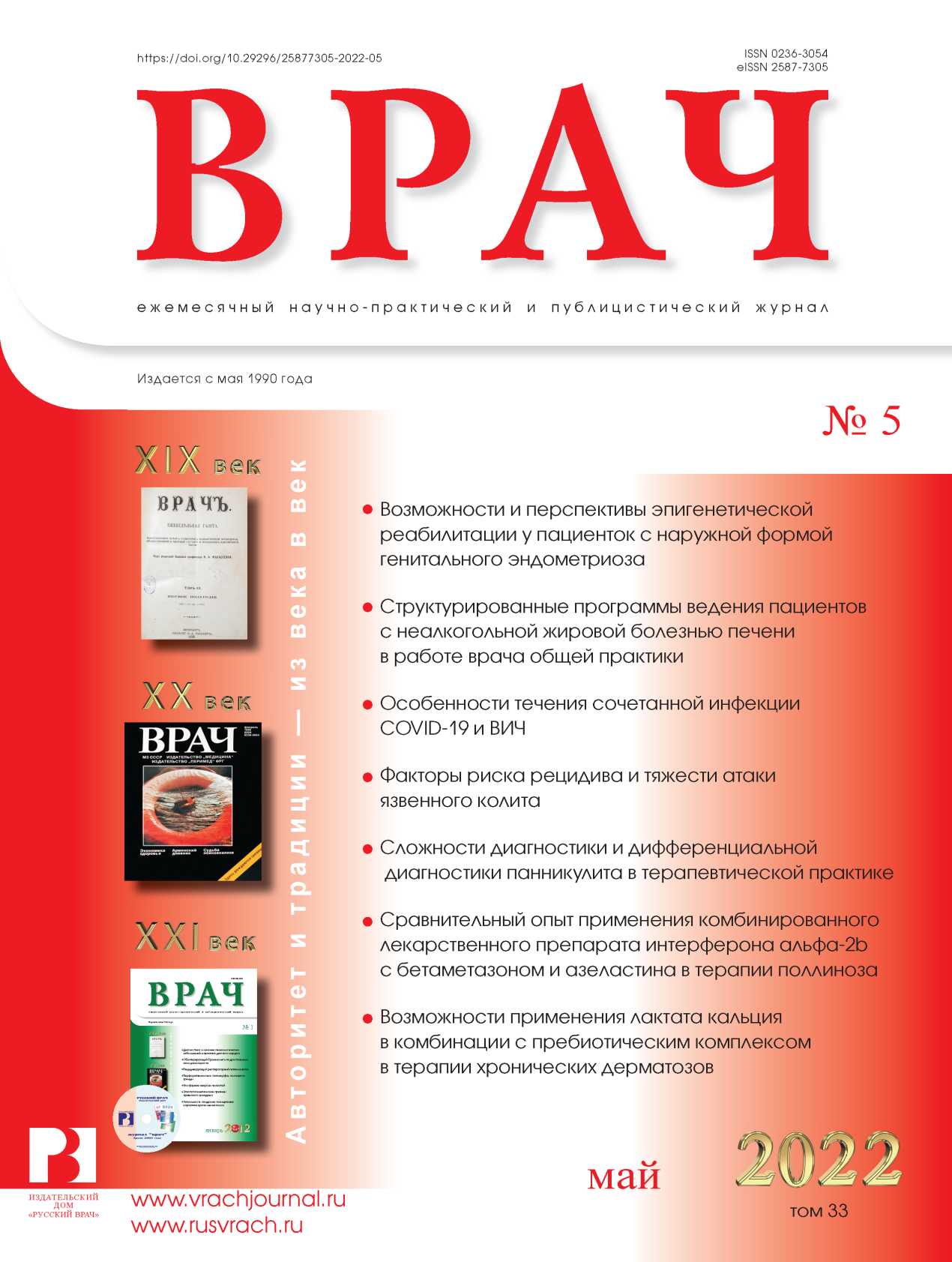Organizational approaches to optimizing immunochemical methods for the diagnosis of age-associated and vascular diseases
- Authors: Saginbaev U.R1, Rukavishnikova S.A1, Akhmedov T.A1
-
Affiliations:
- Saint Petersburg Institute of Bioregulation and Gerontology
- Issue: Vol 33, No 5 (2022)
- Pages: 30-33
- Section: For Diagnosis
- URL: https://journals.eco-vector.com/0236-3054/article/view/114616
- DOI: https://doi.org/10.29296/25877305-2022-05-06
- ID: 114616
Cite item
Abstract
Immunochemical methods play an important role in clinical and research studies. When studying the pathogenesis of age-associated vascular diseases, it often becomes necessary to investigate several analytes. Objective: to elaborate an algorithm for optimizing enzyme-linked immunosorbent assay (ELISA) studies with a parallel comprehensive assessment of several indicators determined in the investigation of age-associated and vascular diseases, atherosclerosis in particular. The materials were test systems for ELISA of a number of indicators characterizing the state of immunity, vascular wall, and metabolism. The duration of the study is one of the problems of immunochemical analysis of analyte panels. To solve this problem, the authors propose a parallel approach to conducting ELISA, which makes it possible to save about 16 hours. With this approach, the target analytes are grouped by the duration and multiplicity of incubation, the number of calibrators and other criteria. Thus, the described logistic principle that is able to substantially optimize a immunochemical study can be successfully applied in the comprehensive assessment of the causal relationships between age-associated and vascular diseases.
Keywords
Full Text
About the authors
U. R Saginbaev
Saint Petersburg Institute of Bioregulation and Gerontology
Author for correspondence.
Email: starosta-mpf@mail.ru
Candidate of Biological Sciences
S. A Rukavishnikova
Saint Petersburg Institute of Bioregulation and Gerontology
Email: starosta-mpf@mail.ru
T. A Akhmedov
Saint Petersburg Institute of Bioregulation and Gerontology
Email: starosta-mpf@mail.ru
Candidate of Biological Sciences
References
- Карпищенко А.И. Медицинские лабораторные технологии: руководство по клинической лабораторной диагностике: в 2 т. М.: ГЭОТАР-Медиа, 2013; 792 с.
- Камышников В.С. Методы клинических лабораторных исследований. М.: МЕДпресс-информ, 2020; 736 с.
- Буренева О.И., Муравник Л.М., Сафьянников И.Н. Планшетные анализаторы для российских регионов. Биотехносфера. 2015; 5 (41): 26-31.
- Агарков Н.М., Маркелов М.Ю., Маркелова Е.А. Информативность и прогностическая значимость кардиомаркеров при инфаркте миокарда у пожилых. Успехи геронтологии. 2020; 1 (33): 82-6. doi: 10.34922/AE.2020.33.1.010
- Дедов Д.В., Мазаев В.П., Рязанова С.В. и др. Исследование качества жизни при интервенционном и консервативном лечении больных стабильной стенокардией на отдаленных сроках наблюдения. Кардиоваскулярная терапия и профилактика. 2014; 13 (5): 31-5. doi: 10.15829/1728-8800-2014-5-31-35
- Барбараш О.Л., Кашталап В.В., Зыков М.В. Связь концентрации остеопонтина с тяжестью коронарного атеросклероза и остеопенического синдрома у мужчин со стабильной ишемической болезнью сердца. Атеросклероз и дислипидемии. 2016; 4 (25): 40-8.
- Хабибулина М.М. Нарушения ритма и проводимости у женщин с гипертонической болезнью в период пременопаузы в зависимости от функции эндотелия периферических артерий. Уральский медицинский журнал. 2008; 2 (42): 28-31.
Supplementary files






